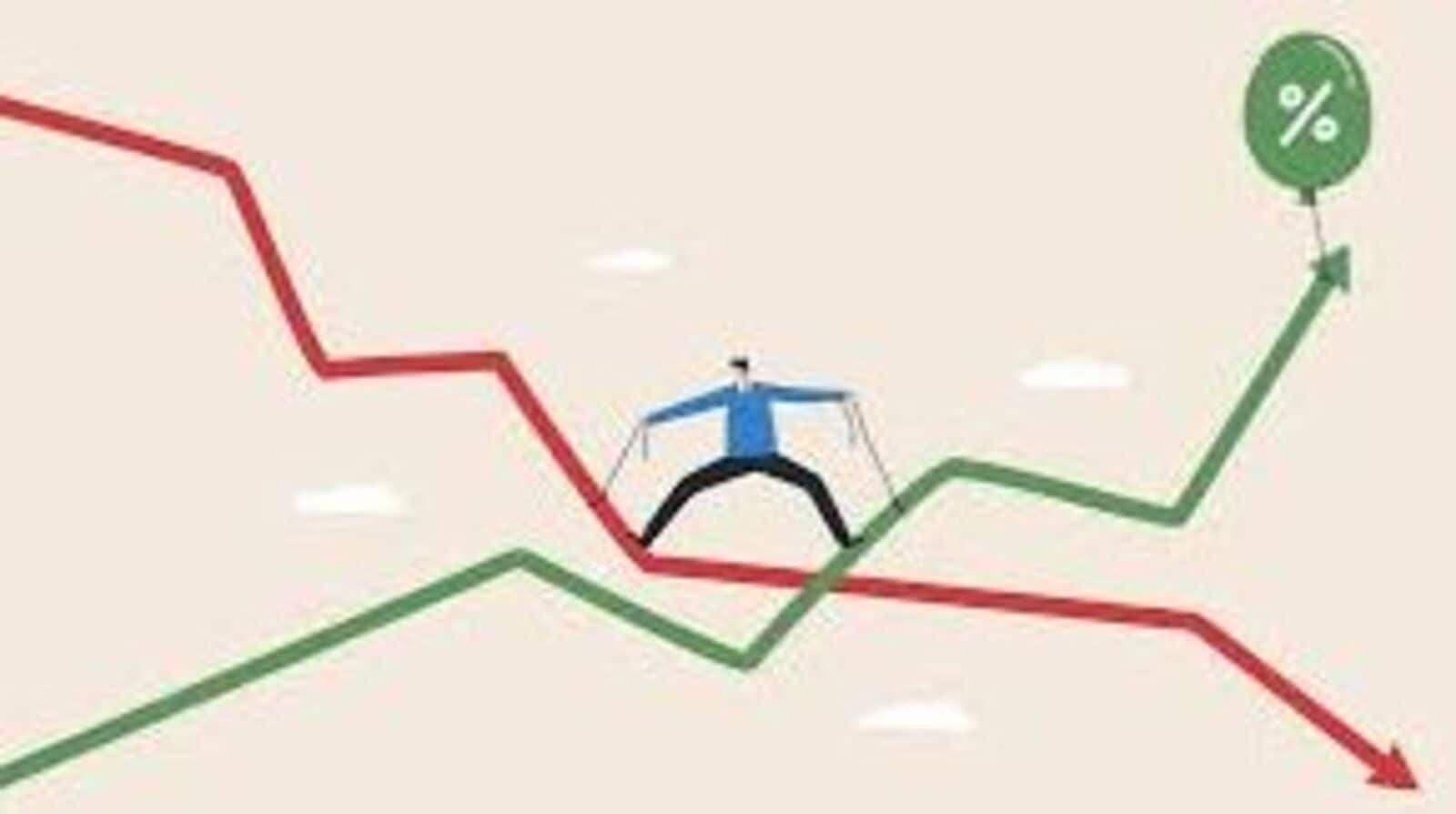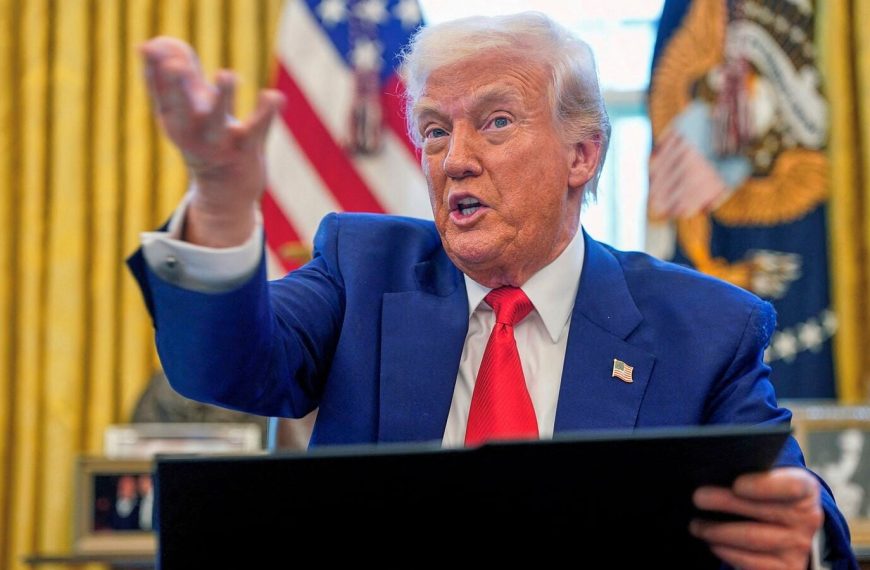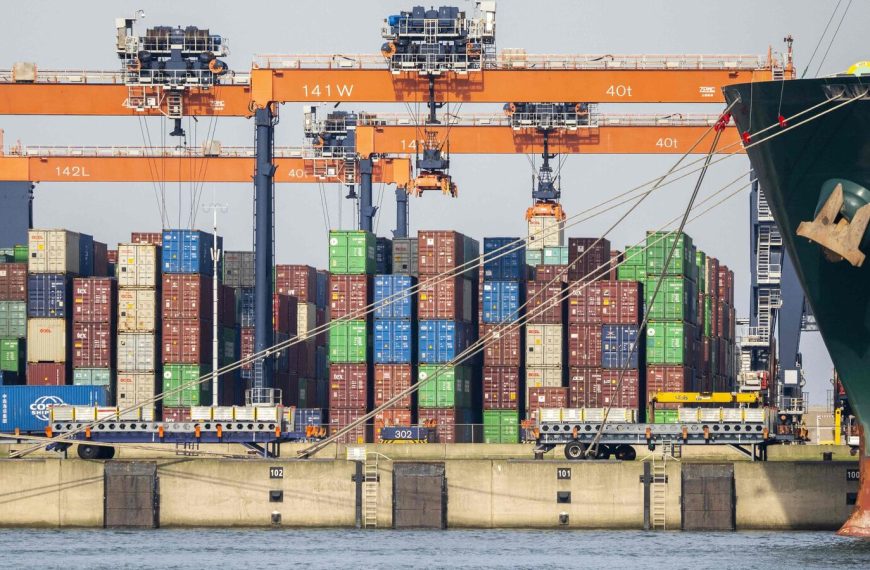The economic landscape in the United States is facing a significant challenge as consumer spending shows signs of weakness while inflation remains stubbornly high. Recent data reveals that consumer caution is growing, leading to a potential economic slowdown just as inflation expectations are on the rise. This precarious situation may test the Federal Reserve’s commitment to maintaining stability in both inflation and employment rates.
Consumer Spending Trends
Recent figures indicate a concerning trend in consumer spending. Adjusted for inflation, spending has stagnated, raising alarms among economists about a possible downturn in economic activity.
- February Data: Consumer spending has nearly flatlined, signaling a potential dip into the weakest quarter since the pandemic’s peak.
- Goldman Sachs Forecast: Following the release of this data, Goldman Sachs adjusted its first-quarter growth forecast from 1% to 0.6%, reflecting growing concerns over consumer behavior.
Inflation Pressures
As the economy grapples with stagnant growth, inflationary pressures continue to mount. The anticipated impact of new tariffs, introduced by the Trump administration, could further exacerbate the situation.
- Consumer Expectations: Recent surveys indicate that long-term inflation expectations have surged above 4%, significantly higher than the Federal Reserve’s target. This uptick raises questions about the Fed’s control over inflation.
- Market Reactions: Prices for Treasury Inflation-Protected Securities (TIPS) show a rising outlook for inflation over the next decade, a trend that is likely to make Fed officials uneasy.
The Fed’s Dilemma
The Federal Reserve is now confronted with a dual challenge: managing inflation while fostering maximum employment. This balancing act is becoming increasingly complex as signs of "stagflation"—the combination of stagnant economic growth and rising inflation—emerge.
- Fed’s Policy Stance: Although the central bank has maintained a policy rate between 4.25% and 4.5%, rising inflation expectations may compel them to reconsider rate cuts.
- Analysts’ Insights: Economists like Krishna Guha from Evercore ISI express concerns that current economic data is "grim," suggesting that both consumers and businesses are scaling back due to uncertainties, especially with the looming impact of tariffs.
Looking Ahead
As the Federal Reserve navigates these turbulent waters, the focus will remain on carefully assessing inflation trends and consumer sentiment. The upcoming months will be critical in determining whether the economy can achieve a soft landing or if it will face a more severe downturn.
- Potential Strategies: Policymakers may need to weigh the risks of adjusting interest rates against the ongoing economic challenges. The interplay between inflation, consumer spending, and employment will be crucial in shaping future monetary policy.
In summary, the U.S. economy is at a crossroads, with signs of weakness in consumer spending and rising inflation expectations posing significant challenges for the Federal Reserve. As the situation unfolds, it will be vital to monitor these trends closely to understand their implications for the broader economy.











